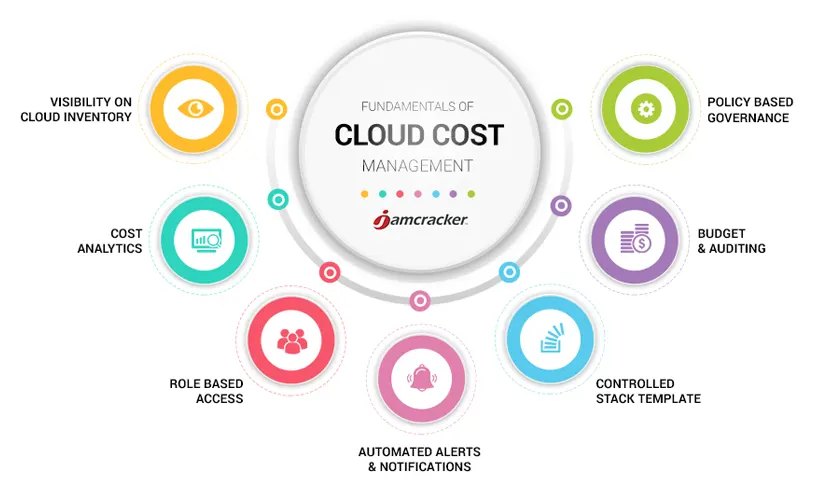Managing cloud costs is a top priority for MSPs, enterprises, resellers, and service providers looking to optimize margins and enhance financial efficiency. While cloud computing enables scalability, uncontrolled spending, lack of visibility, and inefficient resource allocation can eat into profits.
This guide outlines key cost optimization strategies that help cloud resellers and enterprises reduce expenses, improve pricing structures, and maximize ROI.
What is Cloud Cost Management?
Cloud cost management is the process of monitoring, optimizing, and controlling cloud expenses to ensure profitability and operational efficiency. For MSPs and resellers, it also involves accurate billing, cost allocation, and multi-cloud expense tracking.
Why Managing Cloud Costs is Crucial for MSPs & Enterprises
Without proper cost controls, MSPs, IT service providers, and enterprises risk:
- Revenue loss due to inefficient resource usage and unmanaged cloud services.
- Billing disputes with customers from unclear cost breakdowns.
- Over-provisioned cloud services leading to unnecessary expenditures.
- Unoptimized multi-cloud environments increasing hidden costs.
For cloud resellers and MSPs, optimizing cloud costs also ensures better pricing models, competitive margins, and higher profitability in the long run.

Key Cloud Cost Management Strategies for MSPs & Enterprises
- Gain Cloud Inventory Visibility: Identify and track all your cloud resources to avoid paying for unused services.
- Implement Cloud Cost Analytics: Monitor usage patterns and trends to identify cost spikes and areas for optimization.
- Enforce Role-Based Access Controls: Restrict access to cloud resources to prevent unauthorized spending.
- Utilize Standardized Stack Templates: Ensure consistent configurations to avoid resource inefficiencies.
- Set Up Automated Alerts and Notifications: Receive timely warnings about cost overruns and potential issues.
- Establish Cloud Governance Policies: Define rules to automate cost-saving actions like shutting down idle resources.
- Implement Cloud Budgeting and Chargebacks: Allocate budgets and track spending by department or project for better accountability.
By following these strategies, you can take control of your cloud costs and achieve optimal resource utilization.
Final Thoughts
For MSPs, enterprises, and cloud resellers, effective cloud cost management means maximizing profitability while delivering cost-efficient cloud services. By implementing cost tracking, automation, and multi-cloud governance, businesses can reduce unnecessary spending and stay competitive.